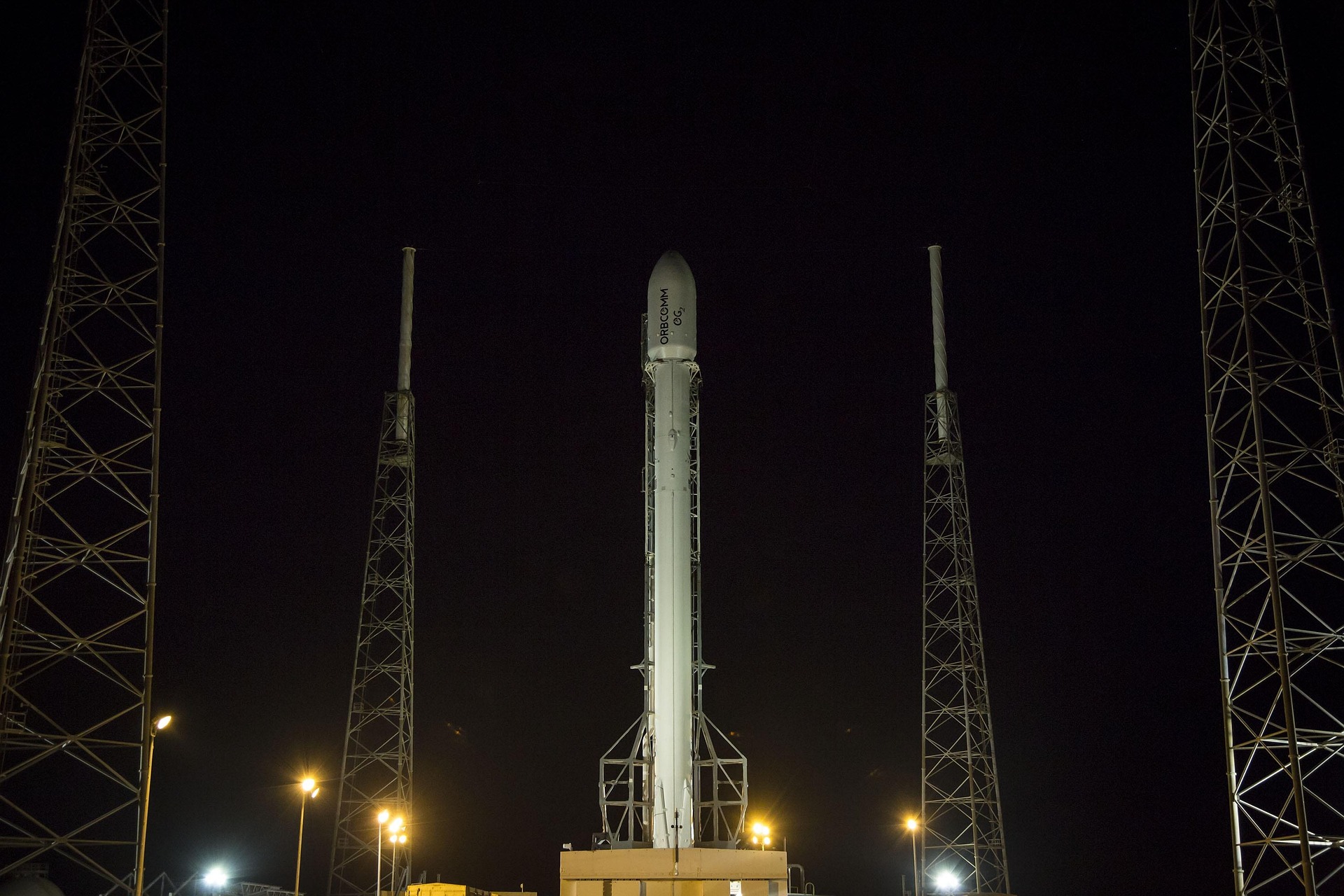SpaceX is gearing up for a landmark moment in space exploration with its upcoming first orbital flight of the Starship rocket. Designed to carry humans and cargo on long-duration missions, including trips to Mars, Starship represents the future of interplanetary travel. This highly anticipated flight follows a successful test launch from the previous year, marking a key milestone in SpaceX’s plans to revolutionize space exploration.
The importance of the orbital flight
The upcoming orbital flight is a crucial step in testing Starship’s capabilities in a real-world environment. The mission will provide SpaceX with valuable data on the rocket’s performance during an actual spaceflight, including its launch, in-orbit maneuvers, and re-entry. Starship is a fully reusable spacecraft and rocket system designed to carry up to 100 passengers, and this orbital flight will be instrumental in demonstrating the system’s reliability and potential for large-scale space missions.
The flight is designed to showcase the full range of Starship’s features, including its ability to carry substantial payloads and its reusability, a key factor in reducing the cost of space exploration. The goal is not only to send astronauts to the Moon and Mars but also to enable commercial space travel and satellite deployment at a scale previously unimaginable.
SpaceX’s plans for Mars and Beyond
Starship’s development has always been focused on the ambitious goal of making humanity a multi-planetary species. Elon Musk, the CEO of SpaceX, has been vocal about his vision for sending the first crewed mission to Mars within this decade. While the orbital flight is a crucial step, the ultimate objective is to ensure that Starship can successfully carry out missions to destinations like the Moon and Mars, with self-sustaining colonies as a long-term goal.
The Starship rocket’s vast payload capacity makes it ideal for transporting both crew and supplies for interplanetary exploration. In addition to human missions, Starship’s capabilities could also support the transportation of equipment and materials necessary for building the infrastructure needed to support life on Mars.
Challenges and expectations
While SpaceX has already proven its ability to successfully launch and land reusable rockets with the Falcon 9, Starship’s much larger scale and ambitious goals introduce new challenges. The orbital flight will serve as an important test to determine how the system performs in the vacuum of space, its heat shield’s effectiveness during re-entry, and the overall integration of both the rocket and spacecraft systems.
If successful, this flight will bring SpaceX one step closer to its goal of developing a reliable and sustainable interplanetary transportation system. However, the company is aware that challenges such as regulatory approvals, technical hurdles, and unforeseen complications can arise as they continue to push the boundaries of space exploration.
The future of space exploration
SpaceX’s Starship mission is not just a stepping stone for the company but a pivotal moment for the future of space exploration as a whole. If successful, Starship could revolutionize the way we think about space travel, making interplanetary missions more feasible and more frequent. It could also open up new opportunities for private space tourism, space stations, and even asteroid mining.
As space exploration continues to evolve, companies like SpaceX are at the forefront of what could be a new era of human exploration beyond Earth. With Starship’s orbital flight, SpaceX aims to prove that the future of space travel is within reach, setting the stage for even more ambitious missions in the years to come.





